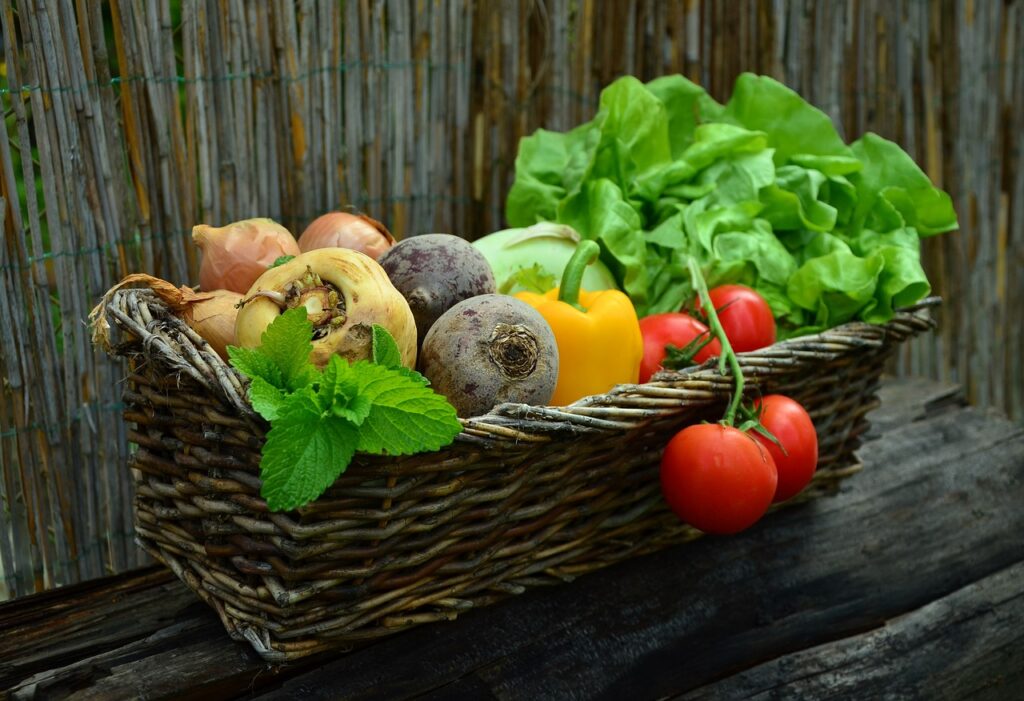
Healing through Ayurveda places emphasis on five major elements of nature i.e., Akash (Space), Jal (Water), Prithvi (Earth), Teja (Fire), and Vayu (Air). The different combinations of these five elements form the basis of three Doshas in Ayurveda i.e., Vata, Pitta and Kapha. Each of these doshas is believed to be in charge of one’s physical, mental, and emotional well-being.However, the proportion of each of these doshas is different in every individual, with typically one dominating the others.
In this blog, we’ll discuss in detail about Kapha Dosha. By reading through the blog you’ll get a hold on Kapha dosha characteristics, Kapha pacifying diet, types of Kapha dosha and much more. Keep on reading to find out more about Kapha Dosha in Ayurveda.
Kapha dosha is a combination of two elements i.e. Earth and Water. It draws the qualities of both of these elements—the firmness, solidity, and stability of the Earth as well as the freedom, lubrication, and coolness of water—into itself. People with a strong Kapha body- type are cheerful by nature, make decisions wisely and love to enjoy life in a slow and deliberate manner. (2)
Individuals with a strong Kapha constitution generally have the following characteristics: (3)
You Might Like Reading
A Complete Guide to Pitta Dosha in Ayurveda
Vata Dosha: What is Vata Dosha in Ayurveda
An Introduction to Ayurveda – The Ancient Indian Science of Life
Panchakarma Therapy: An Ancient Secret To Glowing Skin
Kapha Dosha is further divided into 5 types i.e., Avalambaka Kapha, Kledaka Kapha, Tarpaka Kapha, Bodhaka Kapha, and Sleshaka Kapha, according to their specific functions.
It is primarily found around the chest region and is regarded as a defence for the respiratory and cardiovascular systems.
This Kapha type accomplishes the dual tasks of churning the food we eat into manageable quantities and shielding the stomach lining from digestive acids.
This type of Kapha is found in the brain, helps in lubricating nerves and shields the sense organs from harm.
Found in the mouth and on the tongue Bodhaka Kapha aids in moistening the food we eat to make it easier to digest.
All joints have Sleshaka Kapha, which gives them lubrication, stability, and long-term protection from wear and tear.
Here are some lifestyle tips that can help you balance Kapha Dosha and lead a healthy life:
Intense exercises get your blood and lymph flowing, such as jogging, hiking, biking, yoga, martial arts, or other taxing types of exercise. Include these activities in your daily routine at least 5 times a week. Also, regardless of the weather, keep your body dry and warm.
Because Kapha imbalance causes the body to feel heavy, occasionally fasting might help to relieve this feeling and foster a healthy appetite.
Following a similar routine, every day brings in lethargy, demotivation, and a general sense of stagnation, affecting you emotionally and psychologically. This is caused by feeling like everything is moving in a loop without a beginning or an end. To break the monotonous loop, bring a change in your everyday routine.
An irregular sleep cycle is typically to blame for a lack of general energy. A harmful cycle of fatigue and sluggishness is created by staying up late at night and having to get up early. Follow the rule “Early to Bed, Early To Rise”.
When there is a kapha imbalance, yoga can be quite helpful since there are specific positions that are very helpful for correcting the imbalance. These include planks, the Twisting Chair posture, the Tree pose, the Warrior pose, the Triangle pose, the Headstand, the Half Moon pose, and the Bow pose. Also, the breathing techniques of Kundalini Yoga and Kapalabhaati Pranayam successfully regulate respiratory systems and promote complete circulation.
Individuals with Kapha Imbalance must adhere to a light diet that includes dry and warm food and drinks. Check out the Kapha Dosha diet recommendations below (4)
| Grains | Old grains like barley, millet, corn, buckwheat, oats, wheat and rice |
| Pulses | Everything except Tofu and Black Gram |
| Dairy | Yoghurt and small tbsp of ghee |
| Sweeteners | Honey and Old Jaggery |
| Nuts | Only Sunflower and Pumpkin seeds |
| Spices | All spices, except salt |
| Vegetable | Dark leafy green vegetables, lettuce, mustard greens, onions, artichokes, and green chillies. |
| Fruits | Apples, apricots, cherries, cranberries, peaches, pears, persimmons, pomegranates, prunes, raisins, and strawberries |

source: Pixabay
Including Ayurvedic herbs in your Kapha pacifying diet can help you balance the Kapha Dosha in your body. Here are three prominent herbs you must include in your Kapha diet.
Tulsi or holy basil plant is seen as a sacred plant in Ayurveda and of immense benefits as well. It exudes the energy of sattva, or consciousness, and has a warm, bright, clearing character. Tulsi’s physiological benefits include supporting a strong immune system and enhancing the functioning of the lungs and respiratory system.
In the winter, ginger’s sweet and sour kick is ideal for delivering warmth and stimulation to our bodies. In addition to supporting good digestion and igniting Agni (fire), ginger also supports healthy circulation and disperses excess kapha in the lungs.
A tried-and-true herbal ally for promoting general health is the bright, golden-coloured turmeric. It supports the joints and enhances your immune system, cleanses your blood, encourages good digestion, energises your neurological system, and more!
Our general health and well-being are greatly influenced by the stabilising and nourishing characteristics of the Kapha dosha. But when it goes too far or is out of balance, it can cause a variety of health and emotional problems. You can live a balanced and healthy life in accordance with the principles of Ayurveda by recognising the symptoms of Kapha imbalance and taking action to restore harmony through diet, lifestyle changes, and herbal medicines.
Sadhev brings you a great range of skincare, hair care and body care products inspired by Ayurveda. Our products like Ayurvedic hair cleansers or aloe vera and saffron face gel are infused with natural ingredients that work in harmony with the individual body types. If yours is a Kapha body type, check out our amazing range of natural products and treat your bodies with only safe and best ingredients.
With smooth, oily and lustrous skin, big eyes, and voluminous hair, Kapha body type features strong built-up and muscles.
The different types of Kapha in Ayurveda are Avalambaka Kapha, Kledaka Kapha, Tarpaka Kapha, Bodhaka Kapha, and Sleshaka Kapha.
The imbalance of Kapha in our bodies leads to excessive salivation, nausea, feelings of lethargy and drowsiness, weight gain and loss of appetite.
Spinach, broccoli, white rice, brown rice, etc. are some of the major kapha diet food recommendations.
Luxury self-care at an irresistible price! Don’t miss out on our ongoing sale. Try out Sadhev’s most-loved products like pore tightening toner, hydrating day cream, nalpamaradi thailam, vitamin c seum etc.